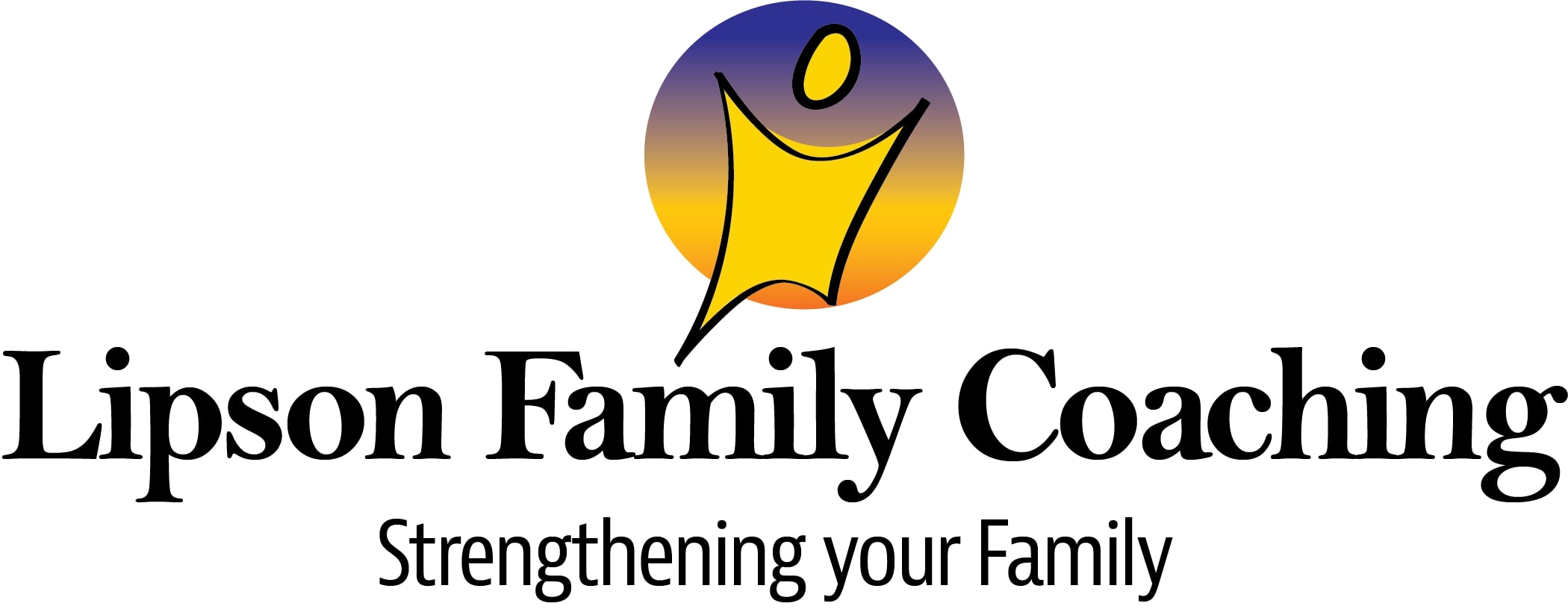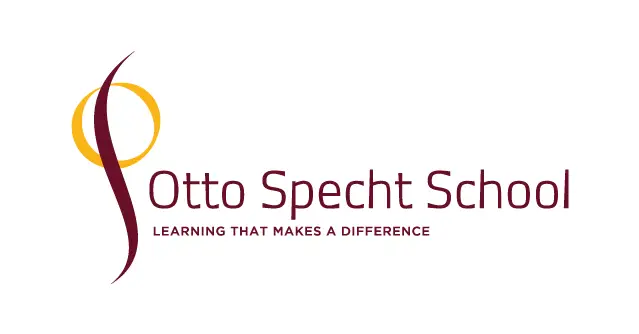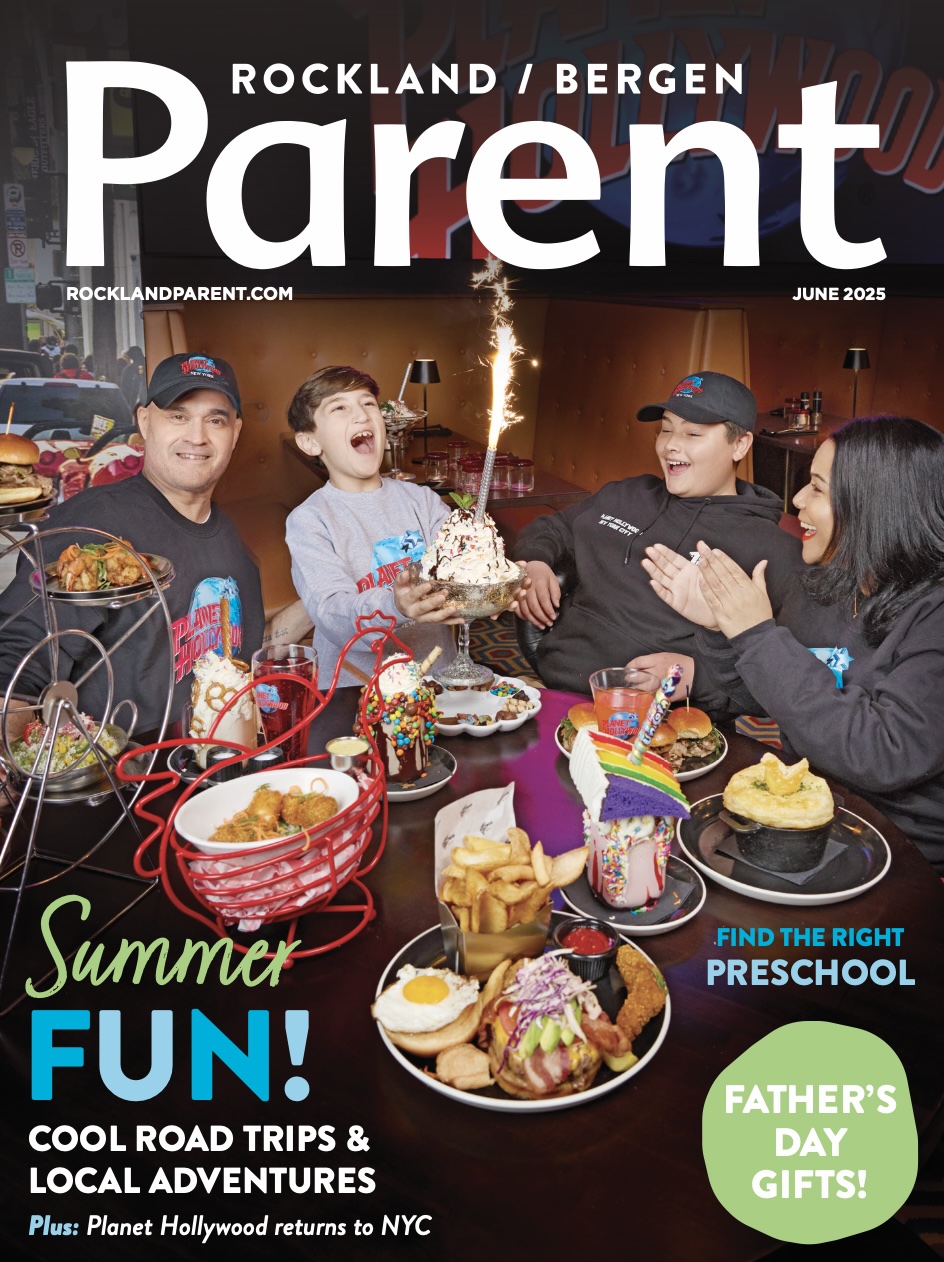Get the Best Family Activities
One of the most common first foods for babies-and the dominant source of solid-food calories for the first year-is the processed white rice flour that we call rice cereal. It's no wonder that we have a generation of children where refined-flour sweets are the number-one source of calories for children from age 2 to 18, where white bread dominates and whole grains are scarce.
By simply selecting real foods—mashed avocados, bananas, sweet potatoes, or whole grains (like whole oats or brown rice)—for your baby's earliest exposure to solids, you will be teaching her to love these healthy options. When you do introduce grains, let every child's first grain be a whole grain. And here's the great news: Your children won't mind.
Chemicals and Household Toxins
There are about 80,000 chemicals in the marketplace today, more than enough to make parents who are concerned about chemicals pull out their hair.
Simplify and pay attention to just 3 ways your child might be exposed.
What goes in the mouth. Choose clean food and drinks, and pay special attention to the plastics that go in the mouth, especially those used to store, heat, or serve food and drinks. Chemicals in the plastics can leach out and enter your child's body. Notice the recycling symbols on the bottoms of many plastics. Opt for symbols 1, 2, 4, or 5. Or choose brands like BornFree, where the entire line of toddler sippy cups, pacifiers, baby bottles and plastic water bottles are free from BPA, phthalates, and PVC. Or skip plastic altogether, and go with glass or stainless steel.
What goes on the skin. Chemicals in lotions and creams can be absorbed through the skin. We read the ingredients on food; it's time to learn to read ingredient lists on skin products as well, and choose those you trust. Sunscreen is a great place to start. I prefer sunscreens that rely on minerals, like zinc or titanium, rather than relying on chemicals that might act as hormones in the body.
What goes in the nose. Clean air may seem overwhelming. After all, you don't have much control over other people's exhaust pipes and smokestacks. But the air that matters most is the air in your own home, where your child sleeps at night. Indoor air is usually more polluted than outdoor air, so you can often make a big difference just by opening the windows. Replace cleaning products that have harsh fumes or artificial fragrances (anything that says, "use in a well-ventilated space" probably isn't good for your child). Also, consider houseplants or an air filter to help clean your air.
Keeping it Simple
Focus on concerns that matter. Consider the simple foundation of good food, active play, and keeping kids safe from important hazards, seen and unseen. Stay on the lookout for simple solutions that have the biggest payoff-so you can spend most of your parenting time connecting with your kids and enjoying them. These years may seem like they'll last forever, but they fly by so quickly. Don't waste them worrying incessantly about things beyond your control.
Alan Greene, M.D. is the author of "Raising Baby Green, Feeding Baby Green," and is an authority on children's toxins, nutrition, and organics. Dr. Greene is a graduate of Princeton University and the University of California at San Francisco and is currently clinical professor of pediatrics at Stanford University School of Medicine, an attending pediatrician at Packard Children's Hospital, and a Senior Fellow at the University California San Francisco Center for the Health Professions.





